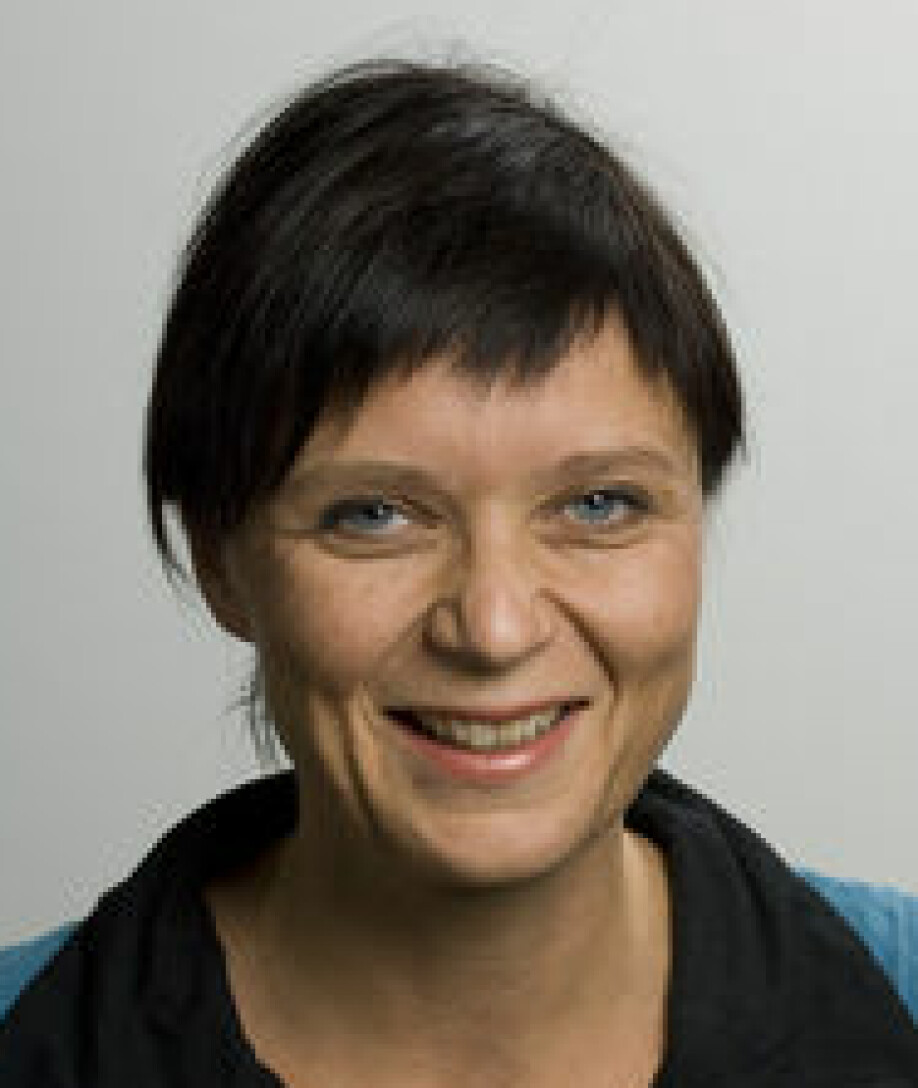
More people leave their car at home if they have to pay for parking at work
But home offices and more frequent bus and rail departures can also reduce people's use of private cars for work.
Better public transportation encourages a lot of people to leave their cars at home. So does paying more for parking. Building homes and workplaces closer to each other, on the other hand, has little impact, says Susanne Nordbakke, head of research at the Norwegian Institute of Transport Economics (TØI).
Nordbakke points to a recent report on ways to persuade more people to give up driving to work. The report goes into the most detail about Oslo drivers, where 42 percent drive themselves or carpool with someone, and 38 percent travel by public transport.
The researchers have also investigated work-related travel in Bergen and Trondheim.
“Better public transportation would have the greatest impact,” says Nordbakke.
The TØI researchers found that if public transport runs twice as often as it does now, car use drops by ten percentage points.

“We also see a huge effect from parking fees at people’s workplace,” says Nordbakke.
Free parking
Today, almost two out of three people have free parking at work – even in Norway’s largest cities. Halving that rate would cut car use by seven percentage points.
Nordbakke admits that requiring people to pay to park their car at their place of work is controversial.
“But what we’ve observed is that this tactic works. People’s acceptance of different strategies varies a lot, not only in terms of political affiliation, but also from city to city,” she says.
“Improving public transport is a positive measure that will meet less resistance. Parking restrictions are much more difficult to implement, because then you also have to make sure that people have good alternatives to driving themselves,” says Nordbakke.
Shift jobs and home office work
It is more difficult for people who work shifts to make public transportation work.
“We’ve found that car use is more prevalent among these occupational groups. This is probably also due to the fact that these occupations are tiring,” she says.
The home office option offers a new opportunity to reduce the need to drive. Twenty-five percent of people who typically travel to work by car can work from home and be at least as productive there.
Not everyone wants to work from home every day, but four out of ten people say they would like to have a home office option for one to four days a week.

Carrot and stick
Ingunn O. Ellis has also studied parking as an instrument for change.
“These findings are completely in line with our analyses,” she says. Ellis is a researcher for the consulting company Urbanet Analyse, which specializes in analysing urban and public transport.
In 2015, Ellis studied parking on behalf of the Norwegian Ministry of Transport. Among other things, she found that if people had to pay the same parking fee as it cost to travel by public transport, they were less likely to choose their car by 16 percentage points.
“It takes a carrot and a stick to change our travel habits,” Ellis says.
Parking restrictions are effective strategies, along with increased availability of other alternatives, according to Ellis, who will be changing jobs and starting at TØI on 31 July.
Using a car is the easiest when you can park for free
Norce researchers Daniela Müller-Eie, Stian Brosvik Bayer and Einar Leknes are also interested in sticks and carrots. Almost two years ago, they wrote an article about cheaper public transportation tickets and city bikes in the Nord-Jæren district around Stavanger for Forskersonen (in Norwegian).
However, the free parking possibilities at people’s workplaces makes continuing to use one’s own car the easiest option, according to the three columnists.
Translated by: Ingrid P. Nuse
References:
Susanne T. Dale Nordbakke et.al.: Akseptable tiltak for mer effektive og miljøvennlige arbeidsreiser i store byområder (Acceptable measures for more efficient and environmentally friendly business travel in large urban areas). TØI report 1843/2021, June 2021.
Ingunn Opheim Ellis and Arnstein Øvrum: Parkering som virkemiddel. Trafikantenes vektlegging av ulike parkeringsrestriksjoner (Parking as an instrument of change. Drivers' weigh in on various parking restrictions). UA Report 64/2015, June 2015.
———































